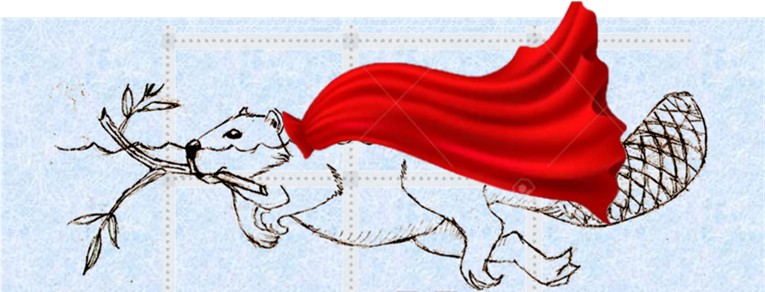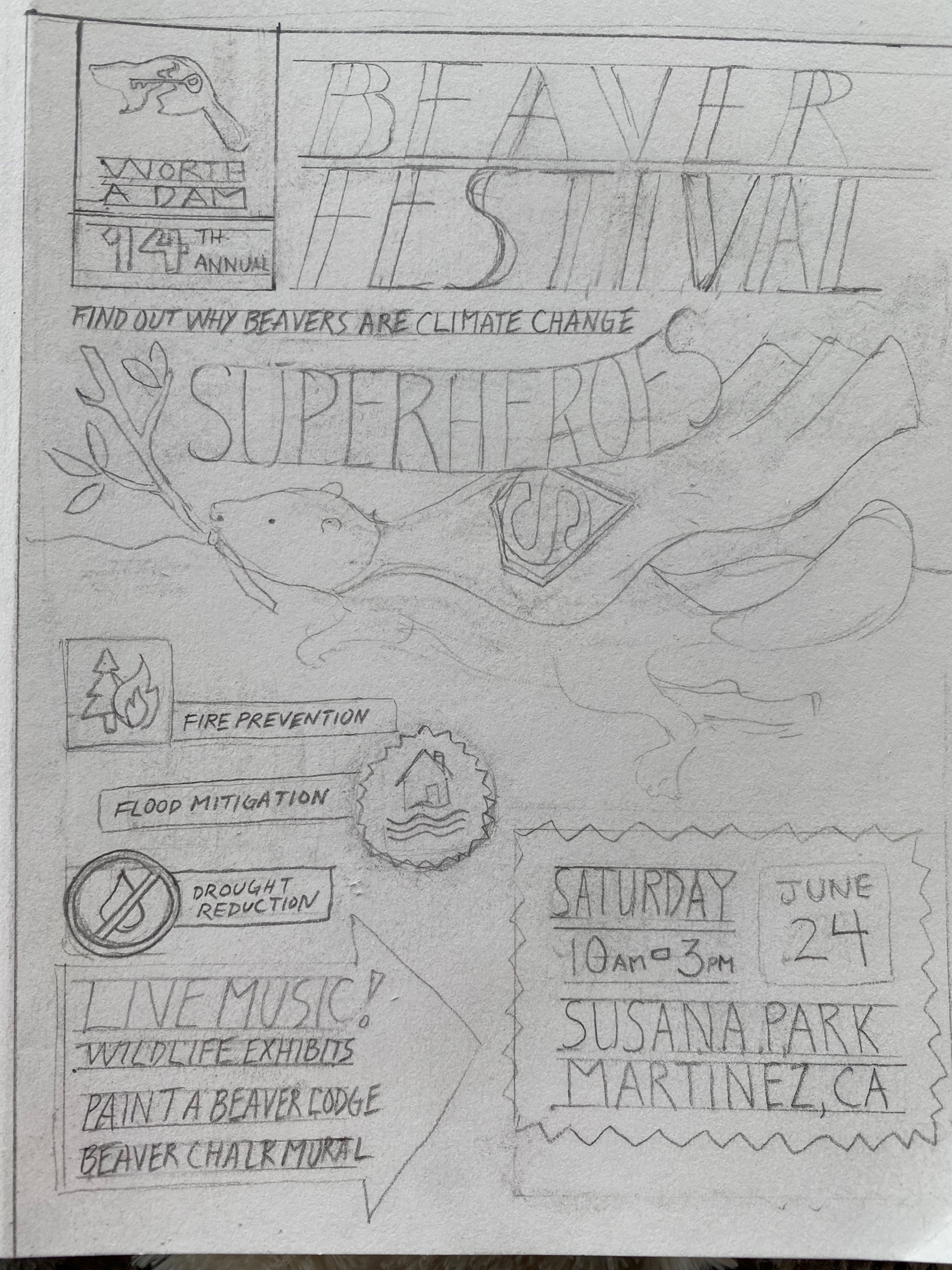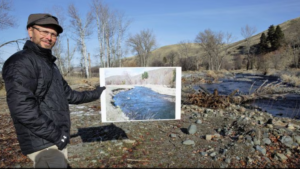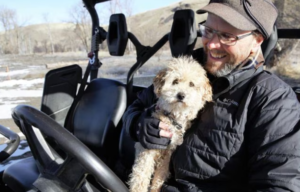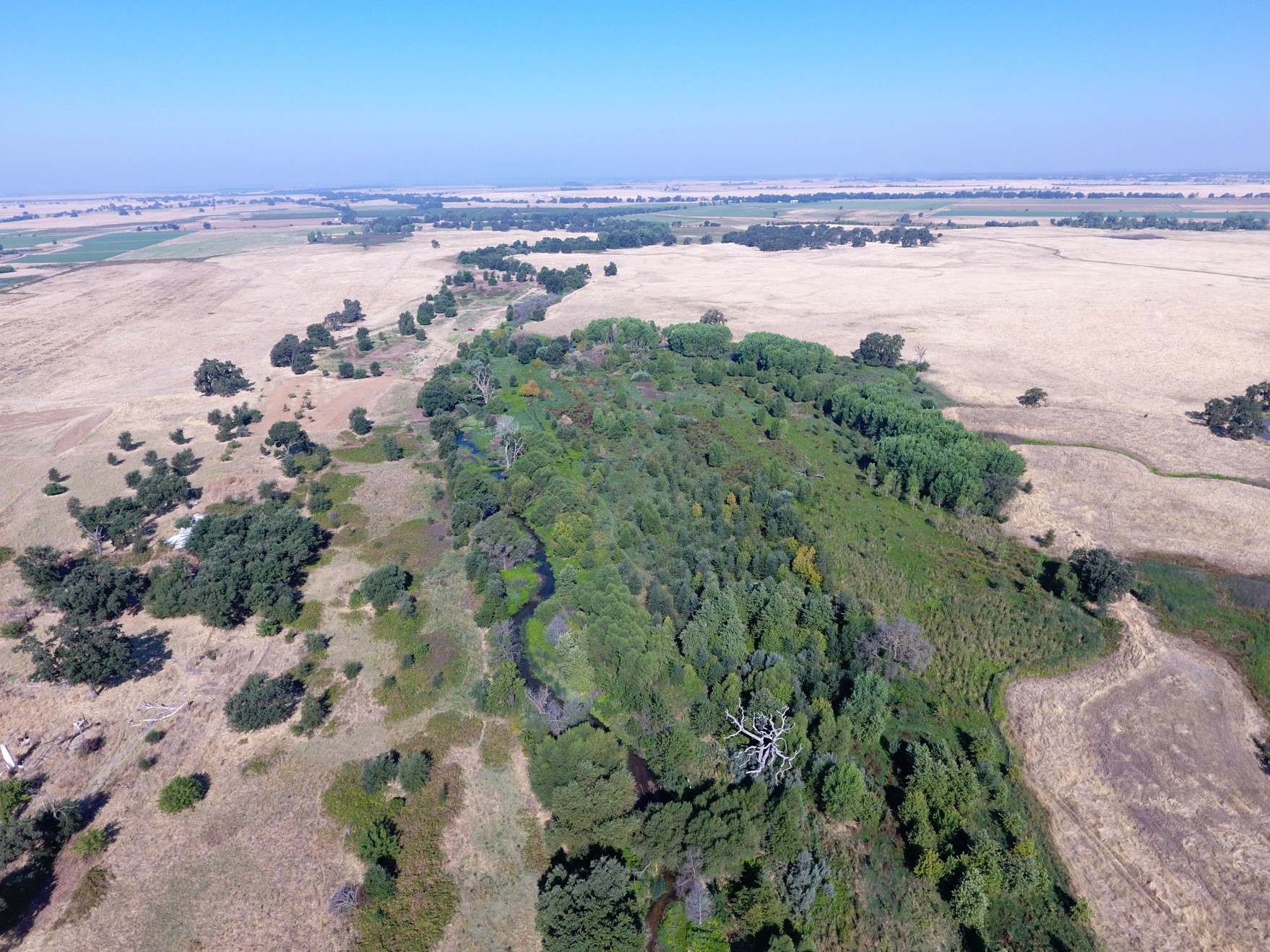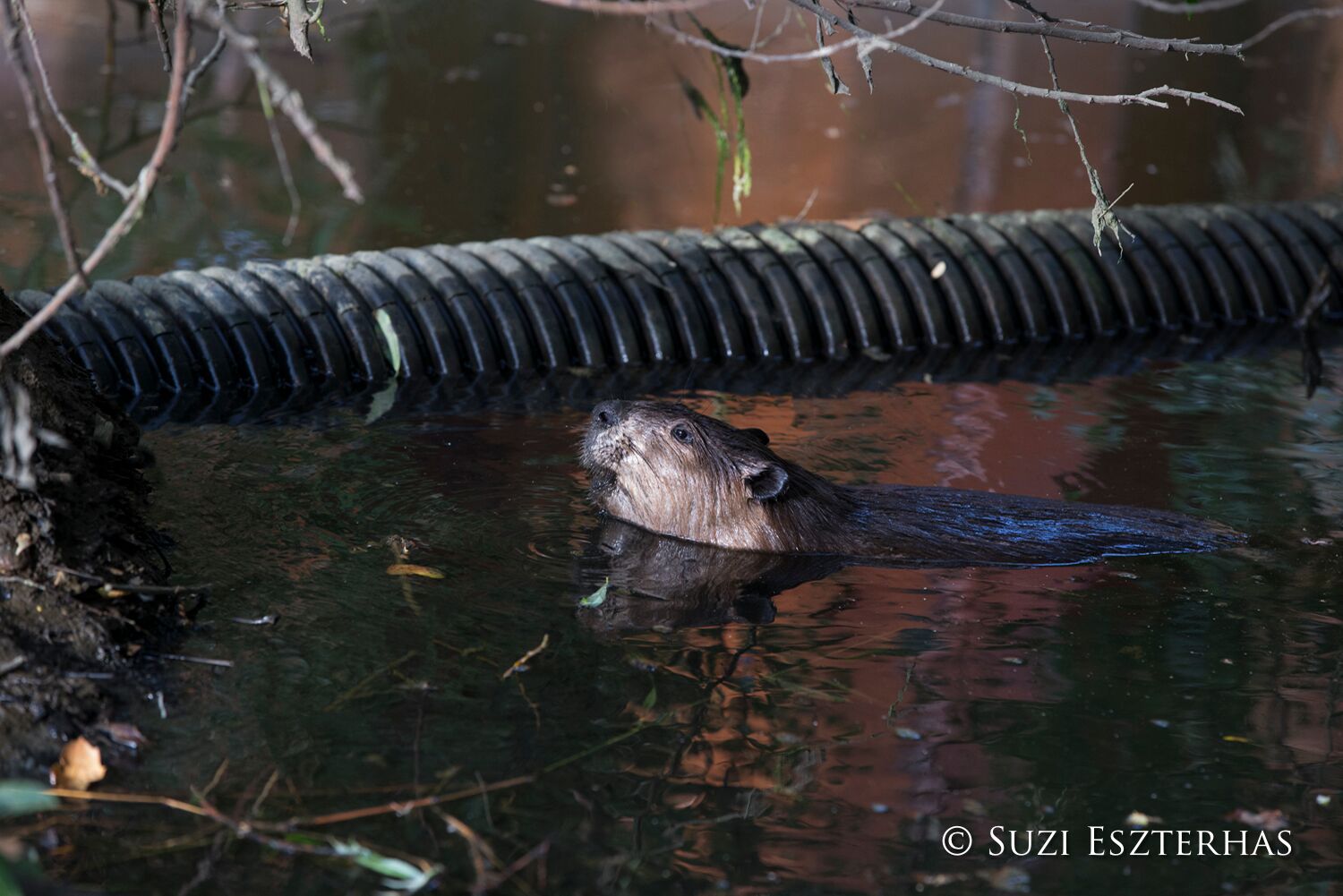 I remember when this first broke through, when Emily Fairfax was still looking for the right job post graduate-school. I am so glad to see it is still making a dramatic impact today. But honestly that was a long time ago. It feels like we are in slow motion. CDFW still hasn’t really shifted their thinking about beavers, they have just slowly signaled that they someday eventually possibly might.
I remember when this first broke through, when Emily Fairfax was still looking for the right job post graduate-school. I am so glad to see it is still making a dramatic impact today. But honestly that was a long time ago. It feels like we are in slow motion. CDFW still hasn’t really shifted their thinking about beavers, they have just slowly signaled that they someday eventually possibly might.
We need more beavers. Yesterday.
How Beavers Help Fight Wildfires
What might beavers have to do with wildfire mitigation? Quite a lot, as it turns out. I talked about it with Dr. Emily Fairfax, an environmental scientist at California State University-Channel Islands who studies (among other things) how beaver dams impact the landscape around them. Here’s part of our conversation, edited for brevity.
Tell me, what do beavers have to do with wildfires?
Beavers are ecosystem engineers that can rapidly transform simple streams in thriving wetland ecosystems. In doing so, they also massively increase the surface water storage and soil water storage of landscapes.
During wet periods, the earth around beaver ponds fills up with water like a great big sponge. Then during dry periods, the plants that live near beaver ponds can access the stored water in that earthen sponge and stay green and healthy, even if the droughts are long and intense. Because the vegetation around beaver ponds is buffered against drought stress, it is relatively inflammable.
When a wildfire starts, that fire will take the path of least resistance and rapidly burn through dry vegetation. The beaver wetlands and the vegetation within them are quite wet, so fire either skirts around them or stalls, and sometimes blows over them. As a result, beaver complexes stay green while the rest of the landscape burns.

It seems like this research is pretty highly relevant to California’s success as a state survivor of climate change. Almost like any one who keeps beavers on their property is doing his neighbors a favor, the entire state a favor. Maybe we should be incentivizing stewardship, eh?
What does your research around beavers and wildfires show?
My research shows that rivers and creeks that have beaver dams burn three times less than similar rivers and creeks without beaver dams.
I’ve also looked to see whether this effect persists in megafires (which are increasingly common as climate changes), and in one study I found that 89% of beaver dammed areas served as fire refugia – meaning they didn’t burn, or only had very low intensity burning. Only 60% of riverscapes without beavers were fire refugia, and only 37% of the nearby hillslopes and non-riverine environment were fire refugia. So this beaver-driven fire resistance is a really durable effect – beaver complexes are uniquely and remarkably hard to burn.
 It’s almost like beavers are giving us guard rails to keep us from driving over the edge but we just keep right on killing them and plunging to our deaths anyway. Does that sound smart to you?
It’s almost like beavers are giving us guard rails to keep us from driving over the edge but we just keep right on killing them and plunging to our deaths anyway. Does that sound smart to you?
Me either.
How might understanding what beavers do help us understand how to better control or survive wildfires?
Climate change is a really big, really complicated challenge we’re facing. There is so much work to do, and honestly it sometimes feels like too much work to do on our own. The fire refugia that beavers create has very real value as fire moves through the landscape. Not only can plants and animals stay safe in these beaver-engineered landscape patches during fast-moving blazes, but the physically complex wetlands also help catch and settle out debris and ash that is being carried in the rivers post-fire.
Further, understanding how beavers engineer their wetlands to be so fire resistant can help inform our own fire management strategies in river corridors. We don’t have to solve all the challenges of climate change on our own – working with nature and ecosystem engineers like beavers can be really powerful.
Gee it’s almost like beavers are so important people should throw them a festival of some kind every year, Invite hundreds of people and teach everyone who comes just how much they matter.
Just sayin’.


